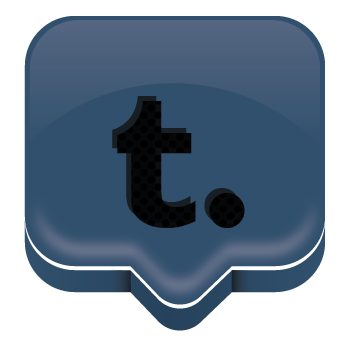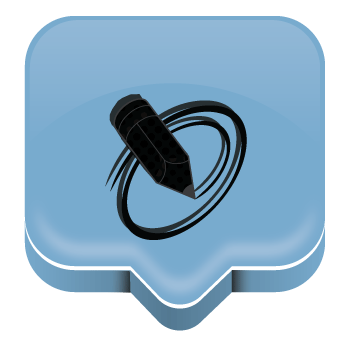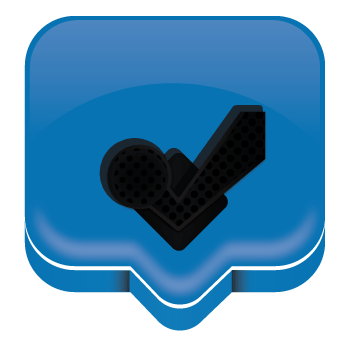Hass & Associates Online Reviews on Malware Poisons One-Third of World's Computers
Posted in Hass & Associates Online Reviews, Malware Poisons, One-Third of World's Computers
Nearly
one-third of the world's computers could be infected with malware, suggests a
report released last week by the Anti-Phishing Working
Group.
Malicious
apps invaded 32.77 percent of the world's computers, a more than 4 percent jump
from the previous quarter's 28.39 percent, the report estimates.
The
increase in infected computers has come hand-in-hand with a jump in the
appearance of malware samples, said Luis Corrons, technical director of
PandaLabs, the research arm of Panda Security, one of the sponsors of the APWG
report.
"The
creation of malware samples is skyrocketing,"
Corrons told TechNewsWorld. "It has doubled from the last quarter to the
first quarter of this year."
In the
last quarter of 2013, some 80,000 malware samples a day were discovered by
Panda researchers. In the first quarter of 2014, that number jumped to 160,000.
Hiding in Numbers
By
far, most of the new
malware strains (71.85 percent) and malware infections (79.70 percent) are
Trojans. Less than a quarter of new malware strains (22.70 percent) and malware
infections (12.77 percent) are viruses and worms.
"At
the end of the day, malware is created to steal information," Carrons
explained. "Trojans are the most suitable malware to do that."
The
primary motivation behind creating so many new malware strains is to avoid
detection by antivirus programs. Those programs use signatures to identify
malicious software. Since each new bad app strain contains a new signature,
constantly introducing new strains extends the time a malicious app can remain
virulent.
"In
the old days, they might be able to infect 1,000 users with a Trojan,"
Corrons said. "It was easy for antivirus to catch that. Now you'll have
1,000 users infected with 1,000 different Trojans."
The
number of phishing sites in the world increased quarter-over-quarter by 10.7
percent, from 111,773 to 125,215 -- the largest site total for a quarter seen
since 2012, the APWG report noted.
A
slight uptick in brands targeted by phishers also was spotted by APWG
researchers -- from 525 in the fourth quarter of 2013 to 557 in the first
quarter of this year.
The Dragonfly Campaign
An
international gang of hackers has been surreptitiously planting Remote Access
Trojans on the systems of energy companies in Spain, the United States, Japan,
France, Italy and Germany, security researchers and CERT's ICS team revealed
last week.
The
campaign, called "Dragonfly" by Symantec, could pose grave risks to a
nation's energy infrastructure.
"Depending
on how deep the attackers can get into the energy infrastructure, the damage
could be great," Adam Kujawa, head of malware intelligence at
Malwarebytes, told TechNewsWorld.
"Intelligence
gained from cyberespionage could be very useful in the right hands -- and if
passwords, IP addresses and user names have been pulled from infected systems,
that could allow attackers onto more secure networks and obtain direct control
of energy resources," he said. "The damage done would be very
serious."
Dragonfly
is a painful reminder of a dilemma every nation is facing.
"There
is a nasty convergence happening as we speak: Our lives are getting ever more
dependent on reliable and available energy, but at the same time, the
infrastructure of energy companies is getting more complicated," RedSeal
Networks CTO Mike Lloyd told TechNewsWorld.
"This
complexity adds weakness and multiplies the pathways attackers can
exploit," he added.















0 comments: